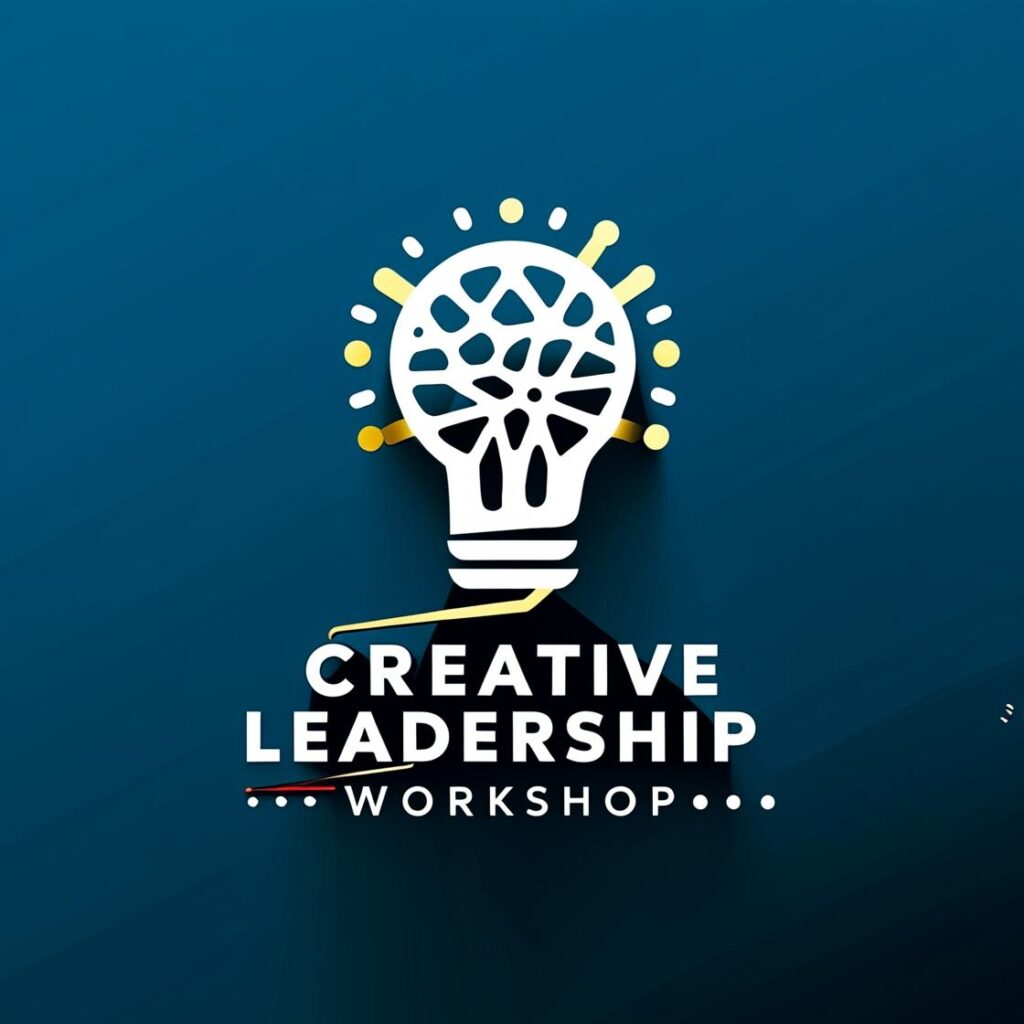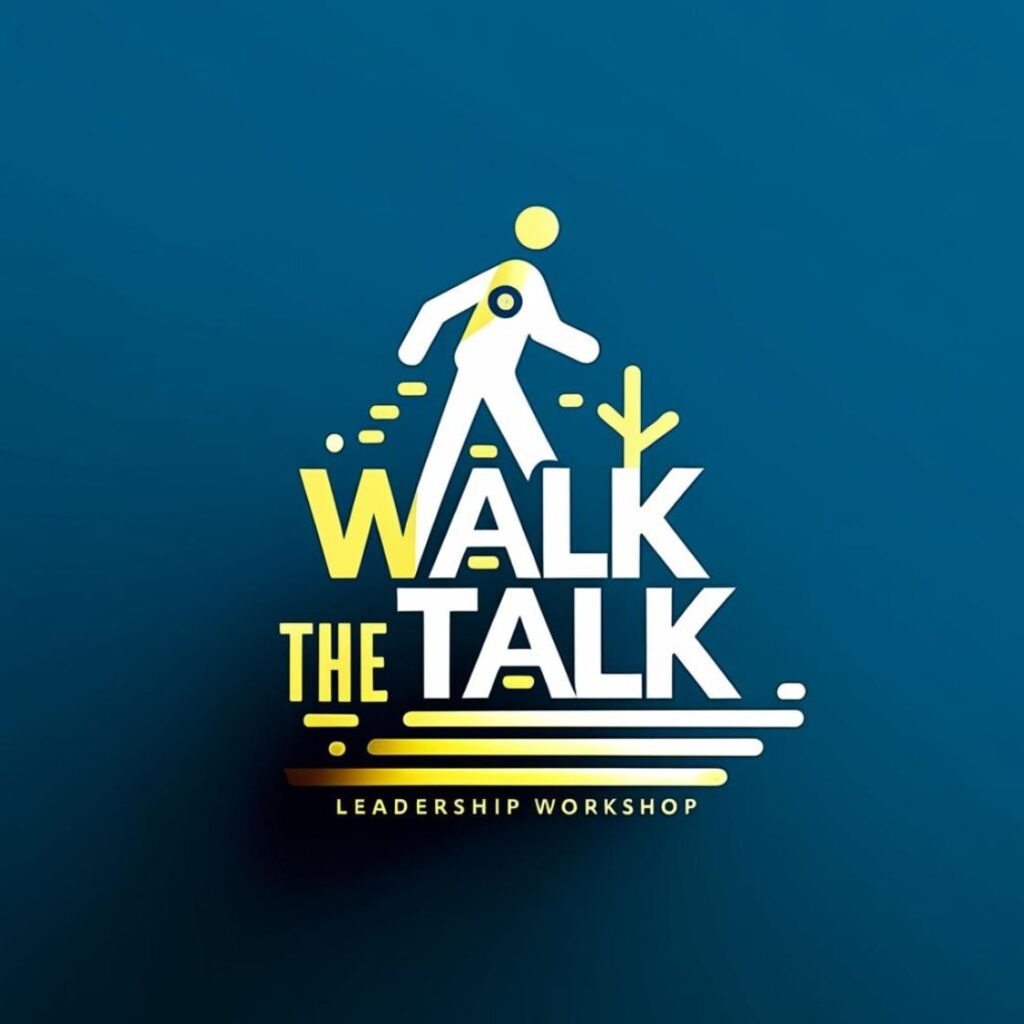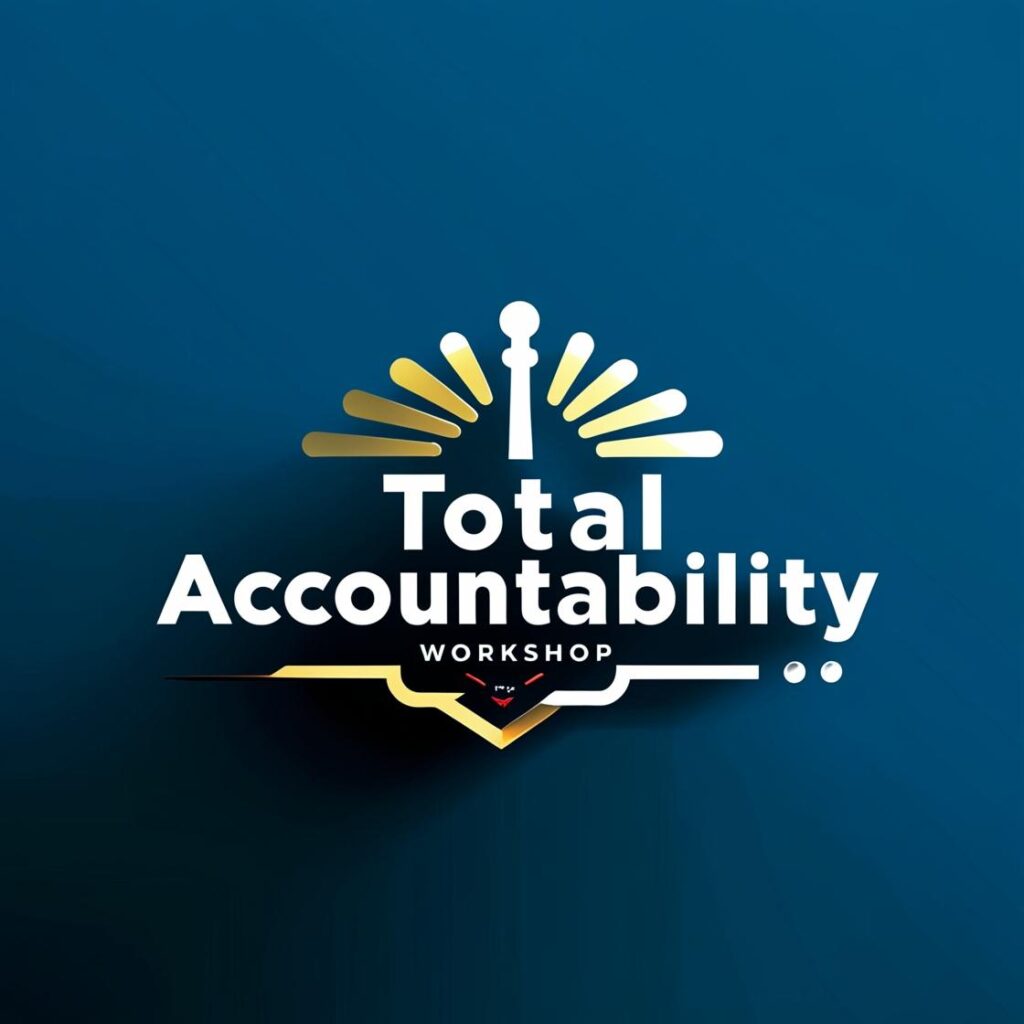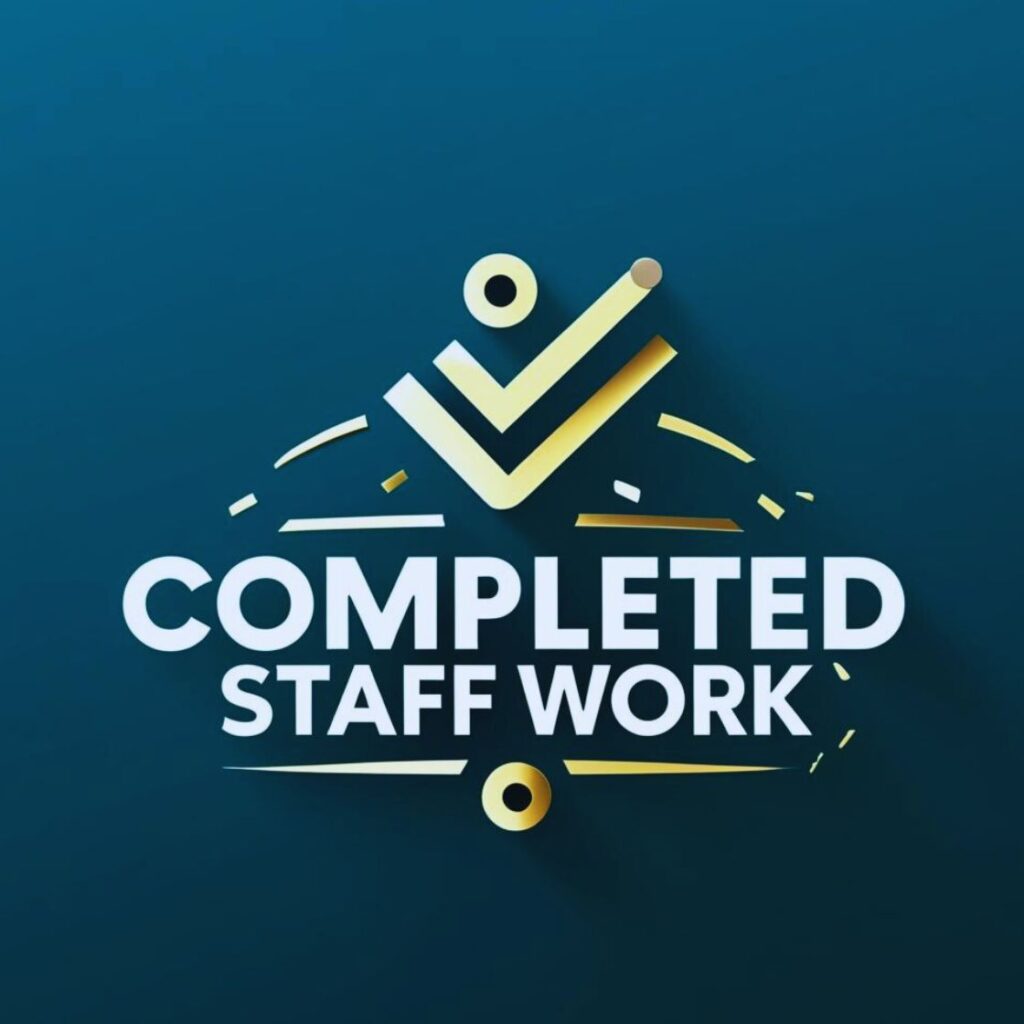Why I Started With 10 Steps
I didn’t wake up one day knowing what leadership excellence was.
I didn’t study it in a textbook or find it in some expensive course.
I found it in conversations—with frustrated managers, burnt-out supervisors, and government leaders who were expected to “perform” but never trained to lead.
I found it in problems—real problems: misaligned teams, broken trust, decision paralysis, and conflict no one knew how to handle.
And I found it in the faces of leaders who quietly asked me,
“Can you help us turn this around?”
Over the years, I’ve delivered hundreds of workshops across the Philippines—helping leaders clarify strategy, connect with their people, and create real change. But one thing became clear:
Most leadership problems weren’t caused by a lack of knowledge.
They were caused by missing habits—simple steps that, if practiced, would build confidence, credibility, and consistency.
That’s how these 10 steps came to life.
Not as theory—but as tools.
You don’t have to be born for leadership.
But you do have to build it.
And that’s what we do here—one step at a time.
What Is Leadership Excellence?
Let’s make it clear—and simple.
Leadership excellence isn’t about being perfect.
It’s not about being the smartest, the loudest, or the one with the title.
Leadership excellence means showing up with clarity, leading with integrity, and helping your team succeed even under pressure.
It’s not one big trait—it’s a set of small, consistent behaviors that make you someone people trust, follow, and grow with.
It’s in the way you:
- Communicate clearly when others are vague
- Make tough calls without losing your team’s respect
- Build trust, even when things go wrong
- Stay grounded in chaos—and keep people focused
- Turn setbacks into learning moments, not blame
It’s not about knowing everything.
It’s about leading like it matters—because it does.
What the Science Says About Leadership Excellence
Hint: It’s not about charisma.
Studies across leadership development, organizational behavior, and neuroscience tell us something powerful:
Excellence in leadership is behavioral, not born.
In other words: you can learn it. You can practice it. You can build it.
The Center for Creative Leadership found that effective leaders consistently demonstrate three things:
- Direction (clear vision)
- Alignment (team clarity)
- Commitment (shared ownership)
Google’s Project Oxygen revealed that the highest-performing managers weren’t necessarily the most talented—they were the ones who:
- Listened
- Supported growth
- Made decisions with clarity
- Built safe, open cultures for ideas to grow
According to Daniel Goleman, the core of strong leadership is emotional intelligence—being aware of yourself, managing pressure, understanding others, and influencing outcomes without control or fear.
In short?
Science says great leadership isn’t about titles or traits.
It’s about what you practice, how you show up, and how you lead when things aren’t easy.
Great leadership isn’t an event—it’s a habit. Get actionable leadership habits every Monday and Thursday.
10 Steps to Leadership Excellence
Leadership doesn’t need to be overwhelming.
But let’s be honest—most days, it is.
You’re making decisions with limited time, managing people with different agendas, and trying to move toward big goals while keeping everything from falling apart. And still… it often feels like you’re the only one carrying the weight.
The good news? You don’t have to figure it all out at once.
Because leadership excellence isn’t a talent—it’s a practice.
And like any practice, you grow it one step at a time.
What follows are 10 essential steps every leader needs—not theory, but real, usable skills you can apply starting today.
Each step answers a specific challenge leaders face. Each one is backed by stories, research, and practical shifts you can use in your own team.
If something here feels familiar… it means you’re not alone.
It also means you’re in the right place.
1: Build Trust That Lasts
So your team follows you—even when it’s hard.
If you’ve ever felt like people nod in meetings but do something else after, this is where it starts.
Leadership without trust feels like dragging people uphill. This step helps you flip that dynamic—for good.
👉 Start building the kind of trust people follow. Read more »
Step 2: Listen Like a Leader
Even if you’re used to doing all the talking.
Most leaders don’t realize they’re not really listening.
We think we are—but our team knows otherwise. Learn how listening becomes your most powerful leadership tool.
👉 See how listening changes everything. Read more »
Step 3: Turn Big Dreams Into Goals That Get Done
Without losing the team.
If your team looks busy but no one’s aligned… the issue isn’t effort—it’s clarity.
Learn how to turn fuzzy direction into focused, shared movement.
👉 Turn your vision into something your team can move with. Read more »
Step 4: Speak So Your Team Moves
Not just nods.
Ever said something in a meeting and watched your team do… nothing?
Here’s how to communicate in a way that actually creates motion—not just polite agreement.
👉 Learn to lead through words that move people. Read more »
Step 5: Build a Team That Builds Itself
Instead of always needing you.
If you’ve become the bottleneck, it’s time to reset how you lead.
You don’t need to do less—you need to lead differently. Here’s how.
👉 Help your team grow stronger—without needing you at every turn. Read more »
Step 6: Lead Change That Sticks
Even when your team fights it quietly.
Change sounds exciting until you have to lead it.
This step helps you navigate resistance, turn hesitation into participation, and lead change that actually lasts.
👉 Lead change your team won’t just survive—but support. Read more »
Step 7: Turn Conflict Into Progress
Without losing people in the process.
Avoiding conflict doesn’t build culture—it erodes it.
Here’s how to handle tension, disagreement, and feedback in ways that build trust and performance.
👉 Use conflict to strengthen—not fracture—your team. Read more »
Step 8: Make Decisions You Can Stand Behind
Even when they’re not popular.
Hard decisions are part of the job—but hesitation is what breaks momentum.
Learn how to decide with clarity, communicate with confidence, and move forward with your team behind you.
👉 Make clear, confident decisions—even when they’re hard. Read more »
Step 9: Create a Culture of Innovation
Even if you’re not a “creative” leader.
Innovation doesn’t require big ideas. It requires safe spaces.
Discover how to build a team culture where people think freely, speak bravely, and try new things—even when it’s risky.
👉 Make your team a place where bold ideas can live. Read more »
Step 10: Build Resilience That Doesn’t Burn People Out
Because pushing through isn’t the same as growing stronger.
Your team’s not tired because they’re lazy. They’re tired because they don’t have space to breathe.
This step helps you lead with strength and softness—so your people last.
👉 Lead with resilience, not exhaustion. Read more »




